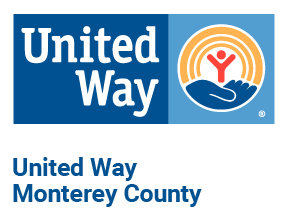Struggling to Get By: The Real Cost Measure, reports one out of every three families in California, over 3.2 million, struggle to meet their basic needs each month.
Many of these families have earnings above the Federal Poverty Level, which is based primarily on the cost of food and doesn’t take into account regional variations. By using The Real Cost Measure, we are able to understand the income necessary to afford basic expenses – housing, transportation, food, health care and child care- within a specific community and the different approaches needed to assist households that are struggling.
The report provides recommendations for business, civic, nonprofit and philanthropic leaders and policy makers on how they can help.
Emphasize Education Beyond High School
As education increases, the likelihood of a household being below the Real Cost Measure significantly decreases. For those with a college degree or more, the probability drops to 13%. When the head of the household does not have a high school diploma, they are five times more likely to be below the Real Cost Measure than one with a college graduate. But for many of these families, they may feel that a college education is unattainable due to the cost. Income-based loan repayment plans can make college an affordable option.
Focus on Moving Households up the Pay Scale
9 out of 10 struggling households are already working, they are struggling to get by due to low pay and part-time hours. It is more beneficial to help these individuals to improve their earning power by helping them move up in their fields rather than finding alternative employment.
Invest in Children
Households with young children are more likely to struggle, and the probability increases when a household is ran by a single mother. By providing more affordable and enriching child care options, children are better prepared for lifelong learning, while parents are able to devote more time to advancing their career or increasing their earning potential through training and education.
Effectively Link Households to Public Assistance
In December 2013, approximately 45% of the 3.2 million Californians eligible for CalFresh were not participating in the program. As a result of lower enrollments in Calfresh and similar programs, it is estimated that $4 billion in public assistance goes unclaimed each year. Linking households to public assistance programs and benefits that they qualify for would yield significant returns for the household.
Make Income Supports Available Longer As Families Move Up
Many public assistance programs, such as CalFresh and Medi-Cal, are taken away before household gets close to the Real Cost Measure and achieve financial stability. It is suggested that eligibility limits be increased as well as assisting households transition off of public assistance.
Help Households Build and Protect Assets
Not only are many households below the Real Cost Measure but are financially fragile as well. Helping households save income should be a high priority. Therefore, households should be connected to mainstream banks or credit unions in order to safely and securely save their money and protect their assets.
Reduce Effective Cost of Housing
The cost of housing for struggling families can take up over half of their income and for those below the Federal Poverty level, it can be as high as 80%. By building affordable housing options or providing housing vouchers, it can help households obtain financial security.
To learn more about the Real Cost Measure, view the full report online.
